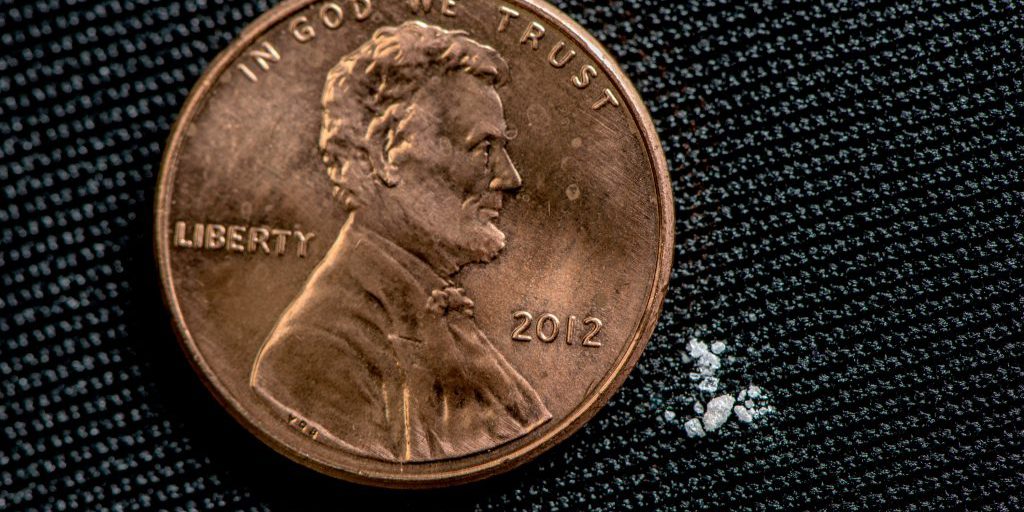ALBUQUERQUE, N.M. — Researchers at Sandia National Laboratories have developed a method to detect trace amounts of synthetic opioids. They plan to combine their approach with miniaturized sensors to create a hand-portable instrument easily used by law enforcement agents for efficient detection in the field.
Fentanyl is a fast-acting, opioid-based pain reliever that is 80 to 100 times more potent than morphine. Illegally produced fentanyl often is mixed with other drugs such as cocaine or heroin, and minuscule amounts can cause death by overdose. Drug overdose deaths, predominantly due to synthetic opioids such as illicitly manufactured fentanyl and fentanyl analogs, have accelerated during the COVID-19 pandemic, according to the Centers for Disease Control and Prevention.


